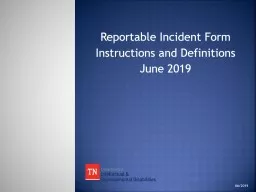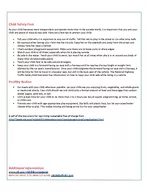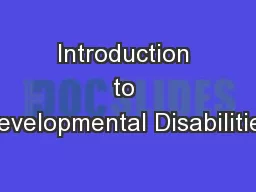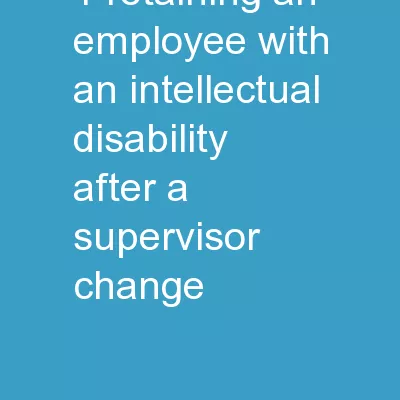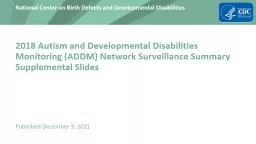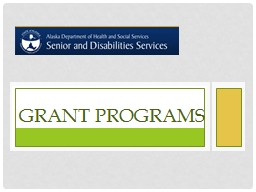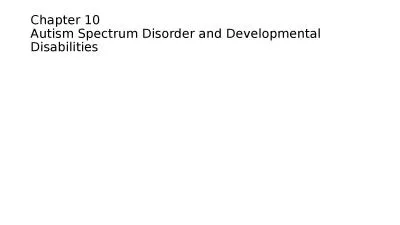PPT-Department of intellectual and developmental disabilities
Author : liane-varnes | Published Date : 2018-10-21
Reportable Incident Form Instructions and Definitions August 2012 6182013 What makes an Incident reportable Allegations of Abuse physical sexual or emotional Neglect
Presentation Embed Code
Download Presentation
Download Presentation The PPT/PDF document "Department of intellectual and developme..." is the property of its rightful owner. Permission is granted to download and print the materials on this website for personal, non-commercial use only, and to display it on your personal computer provided you do not modify the materials and that you retain all copyright notices contained in the materials. By downloading content from our website, you accept the terms of this agreement.
Department of intellectual and developmental disabilities: Transcript
Download Rules Of Document
"Department of intellectual and developmental disabilities"The content belongs to its owner. You may download and print it for personal use, without modification, and keep all copyright notices. By downloading, you agree to these terms.
Related Documents

